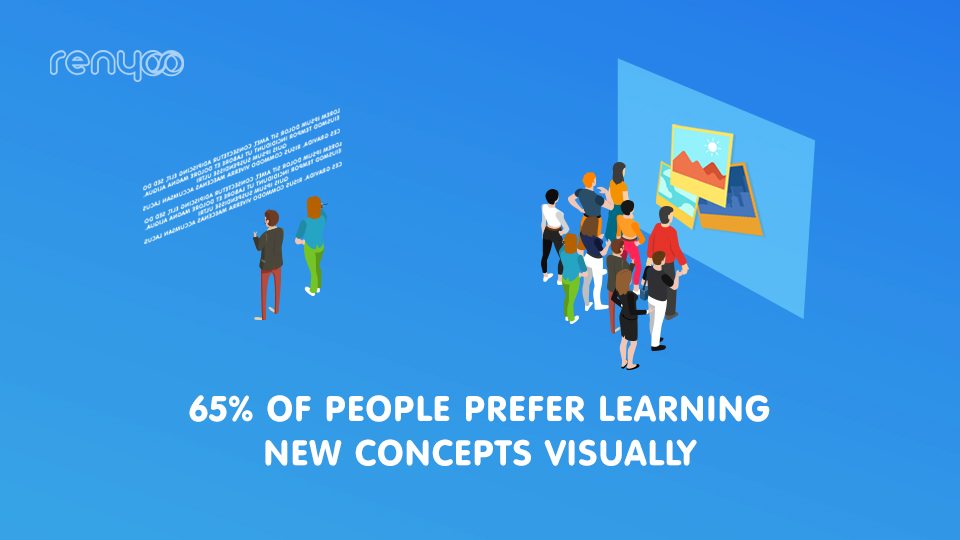So what is the future of content consumption? If internet culture is any barometer of what’s next then, short-form is the way to go. With today’s goldfish like attention spans and readers being pressed for time, TLDR (Too Long Didn’t Read) is the clarion call of the readers. So, in response to this, how should sensible content creators respond, should they respond to changing reading habits or carry on as usual.
Content needs to change with the times.
TL;DR stands for ‘Too long; didn’t read’, readers have come to expect a TLDR summary of every long-form piece of content. If the author hasn’t provided a summary, then he can expect a barrage of comments saying TLDR to goad the author into reconsidering the length of their piece. The author would be better off creating a summary for readers who are short on time or who are not looking to read the whole post.
This also makes sense when we realize that up to 70% of the web traffic today comes from a mobile device. If you’re accessing content from a mobile phone, it makes sense that you don’t want to inconvenience yourself with long chunks of text. You want a quick summary with some visual relief, in the form of an image or a video. You also wouldn’t mind if the content were in the form of an audiobook that you could just listen to and digest the content in transit or over a quick lunch.
So what should content producers do, should they carry on with business as usual?
No, if these stats are to be believed then business as usual will cost you your readership.
- 90 percent of the information processed by your brain is visual.
- 65 percent of people prefer learning new concepts visually.
- Content that has images receives nearly twice as many views (94% more to be precise) than content without an image online.
- Tweets with images receive 150 percent more retweets than those without images.
- Images are the No. 1 most important factor in optimal social media content.
Well if you want to keep your readership and cater to generation X, it only makes sense to adapt your content to their tastes. The way to go is to provide enough content 30-40 words to tantalize the reader and use a medley of image, video and audio to hook them into reading further.
Using visuals takes readers to the next level of engagement. Readers are much more likely to share content that’s rich in images on their social media network resulting in a much bigger footprint for your story and eventually a lot more eyeballs.
How do I adapt my content for the new generation of readers?
Luckily along with the change in reader habits, technology has also evolved to cater to them. Editors need not fret, it is no longer highly expensive to create visual content online, neither does it take heavy design or coding skills. All it takes is a little bit of time and effort on the part of the author.
You can use free image annotation tools like Renyoo along with quick design tools such as Canva to create visual content in minutes. Canva helps you create amazing images with next to zero design skills while Renyoo allows you to use these image templates and take them to the next level with rich annotation using ‘Hotspots’.
Step 1:
Scout for free and creative commons images online via sites such as Pixabay, Pexels and Unsplash. Look for images that are most relevant to your content, remember to search using several different combinations of relevant keywords.
Step 2:
Now head on over to online editing tools such as Canva to customize it to go with your design approach, add a tint, filter, anything you want.
Step3:
After you get the base template, upload the image to Renyoo and annotate it with relevant information. Is there an audiobook on the topic? Add the link to the image. Is there a popular video that explains the concept in detail? add it as a hotspot. Do you want to give a short definition of it? Simply add text into a hotspot.
You’ve just created a treasure trove of information without forcing the reader to consume the content, it’s all optional.
Sounds neat, doesn’t it? If you have any other tools that will help authors create visual content, we’d love to hear from you in the comments.
